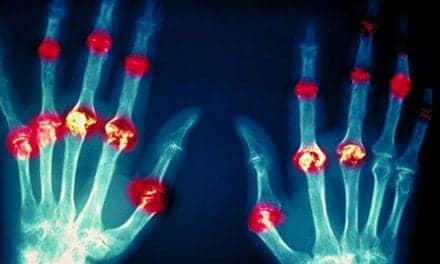A lack of attention to workspace ergonomics could be to blame for radiologists’ musculoskeletal symptoms, including lower back pain, wrist pain, shoulder pain, neck pain, and headaches, according to a study that was recently presented at the American Roentgen Ray Society 2010 Annual Meeting in San Diego. The organization, whose Web site says it is the oldest radiology society in the United States, is headquartered in Reston, Va.
"Over the past decade, radiologists’ workloads have increased dramatically," said Anand M. Prabhakar, MD, lead author of the study, in a statement. "As a result, more time is being spent in front of computer workstations. Although there has been a lot of attention paid to computer ergonomics in other industries, as well as for the general public, there has not been a lot of emphasis on exploring how ergonomic issues affect radiologists."
Prabhakar added that in the ongoing study, which is being performed at Massachusetts General Hospital in Boston, includes a written questionnaire that was administered to 28 randomly selected radiologists from various divisions of a single radiology department. Some 96% of respondents had two to three computer monitors at their workstation and only 7.2 were symptom free. Prabhakar said that te prevalence of various symptoms was: lower back pain (39.2%), wrist pain (7.4%), shoulder pain (32.1%), neck pain (42.8%), and headache (32.1%).
"Work related musculoskeletal symptoms are common in radiologists working in a digital environment. Most radiologists make some effort to alter workstation ergonomics; however, it is usually insufficient," he said. "Research into workstation design is important to minimize the potential long-term implications of repetitive stress trauma in radiologists."
|
[Source: American Roentgen Ray Society]




